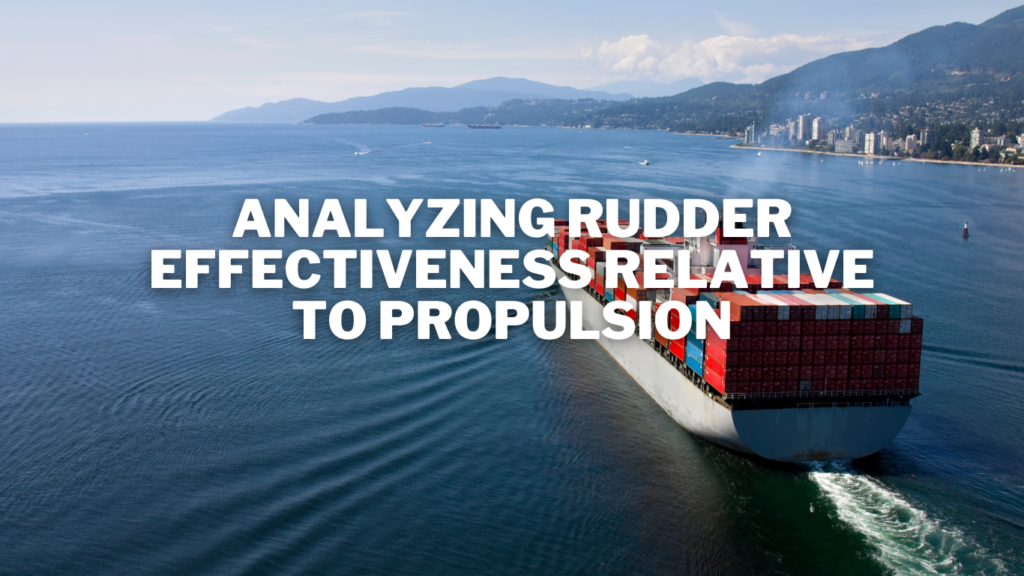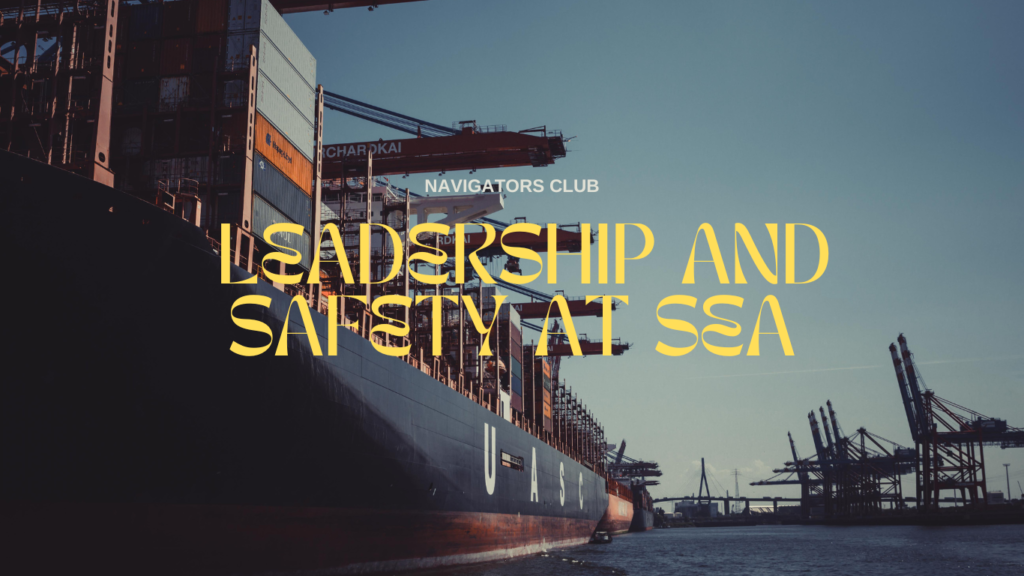Visual Vigilance: Why COLREG Prefers Sight Over Tech

In an era dominated by rapid technological advancements, the maritime industry has seen a significant influx of sophisticated navigation technologies. However, the International Regulations for Preventing Collisions at Sea (COLREGs), established by the International Maritime Organization (IMO), continue to prioritize visual observation over technological aids. This unwavering preference underscores the critical role of human perception in ensuring maritime safety. This article delves into why COLREGs emphasize visual vigilance and the complementary role of technology in maritime navigation.
Navigating the Seas: The Primacy of Visual Aids
The cornerstone of maritime navigation, as per COLREGs, is the reliance on visual cues. Sight is essential in interpreting and responding to immediate maritime environments. Visual vigilance allows sailors to assess the situation in real-time, perceiving subtle cues that might be overlooked by automated systems. For instance, the ability to discern light configurations on other vessels during night-time or in conditions of poor visibility is crucial for determining the vessel’s type, aspect, and potential maneuvers, which are not always accurately captured by sensors or radar systems.
Moreover, visual observation is indispensable in congested or complex waters where multiple navigational rules might apply simultaneously. The human eye can often track and manage multiple elements better than current technology by integrating context and prioritizing risks effectively. This capability is particularly vital near ports or in traffic separation schemes where navigational decisions must be made swiftly and accurately to avoid collisions.
Lastly, COLREGs mandate that all vessels maintain a proper lookout by sight and hearing as well as by all available means appropriate in the prevailing circumstances and conditions. This regulation emphasizes that while technological tools are beneficial, they should not replace the fundamental practice of keeping a visual watch. This requirement ensures that seafarers remain engaged and prepared to take immediate action, an essential aspect of maritime safety management.
Tech in Navigation: Helpful but Second to Sight
While COLREGs underscore the importance of visual observation, technology also plays a crucial role in enhancing navigational safety. Modern ships are equipped with an array of electronic tools such as Automatic Identification Systems (AIS), radar, and GPS which provide valuable data on vessel traffic, weather conditions, and navigational hazards. These tools offer a broad situational overview, which is particularly useful in planning and executing long-term navigation strategies.
However, technology should be viewed as a supplement to, rather than a replacement for, human vigilance. Automated systems have limitations, particularly in deciphering complex or ambiguous situations that can lead to critical misunderstandings. For example, radar systems might detect a vessel but cannot always accurately interpret its actions or intentions. Similarly, AIS provides information on a ship’s course and speed but lacks the nuance that a human observer can grasp, such as the visual signs of a potential engine failure or erratic behavior indicating an uncontrolled vessel.
The integration of technology in maritime navigation demands a balanced approach. Seafarers must be trained not only to rely on their visual skills but also to interpret and corroborate technological data effectively. This combination ensures a comprehensive awareness of the environment, enhancing decision-making processes and maintaining safety standards. As such, while technology supports navigation, the principles of COLREG advocate for a primarily visual approach, ensuring that seafarers remain the critical decision-makers aboard.
The enduring emphasis on visual vigilance within COLREGs amidst a technologically evolving maritime landscape highlights a fundamental truth: the human element in navigation is irreplaceable. By mandating a visual watch, these regulations acknowledge the limitations of technology and the unparalleled value of human perception and judgment in ensuring maritime safety. As technology continues to advance, it remains a valuable adjunct to, not a substitute for, the skilled visual monitoring performed by the crew, ensuring that maritime navigation remains as safe as possible under the watchful eyes of its sailors.







Colregs